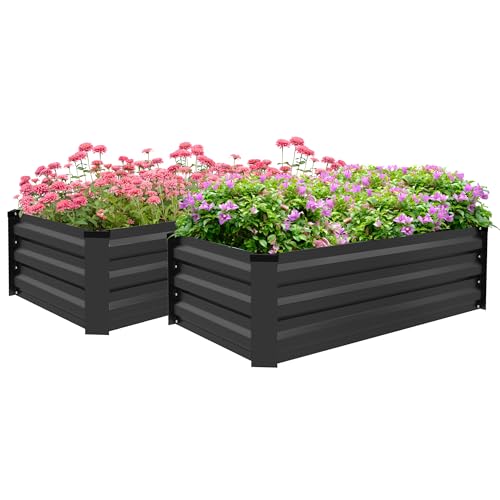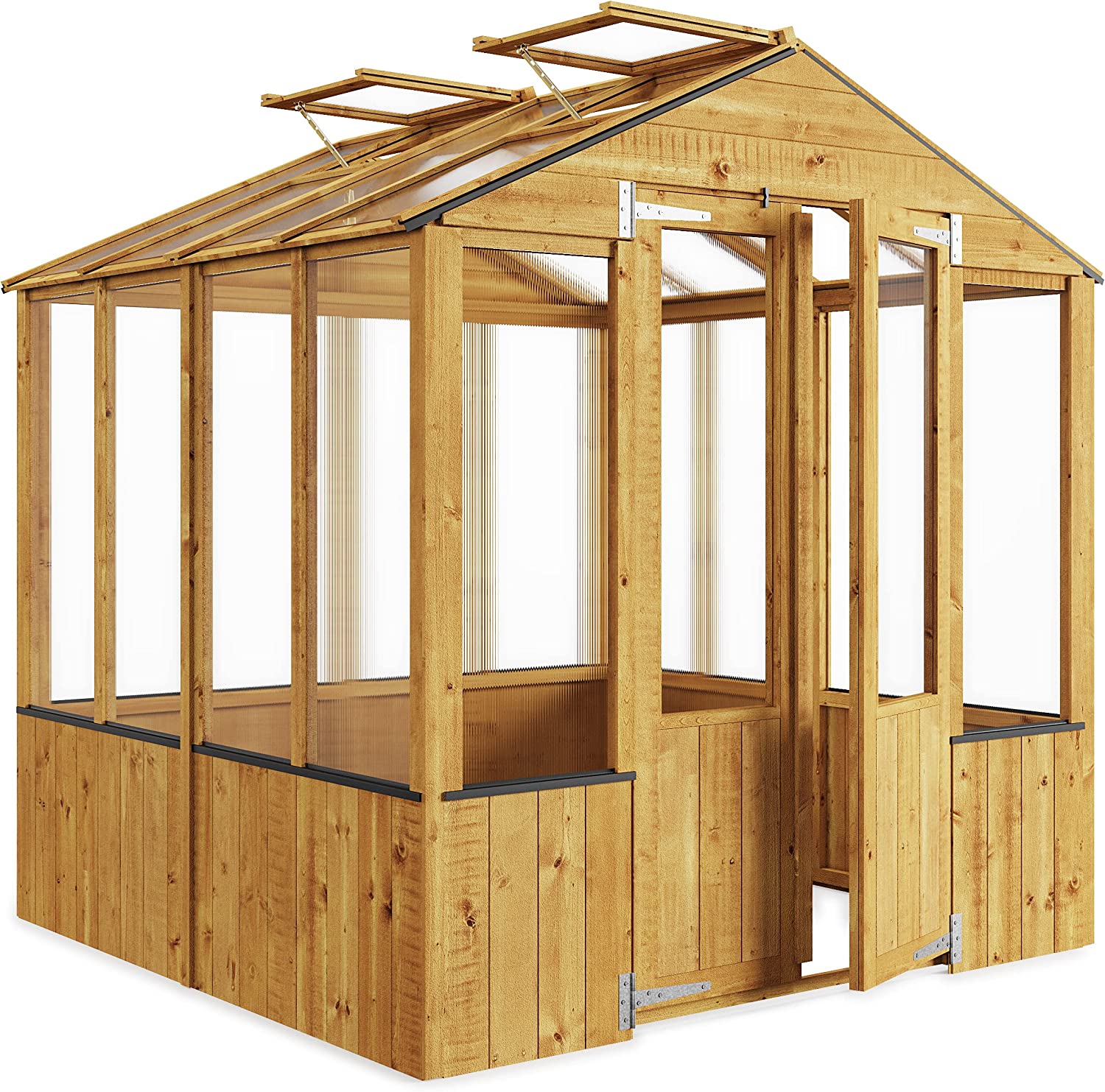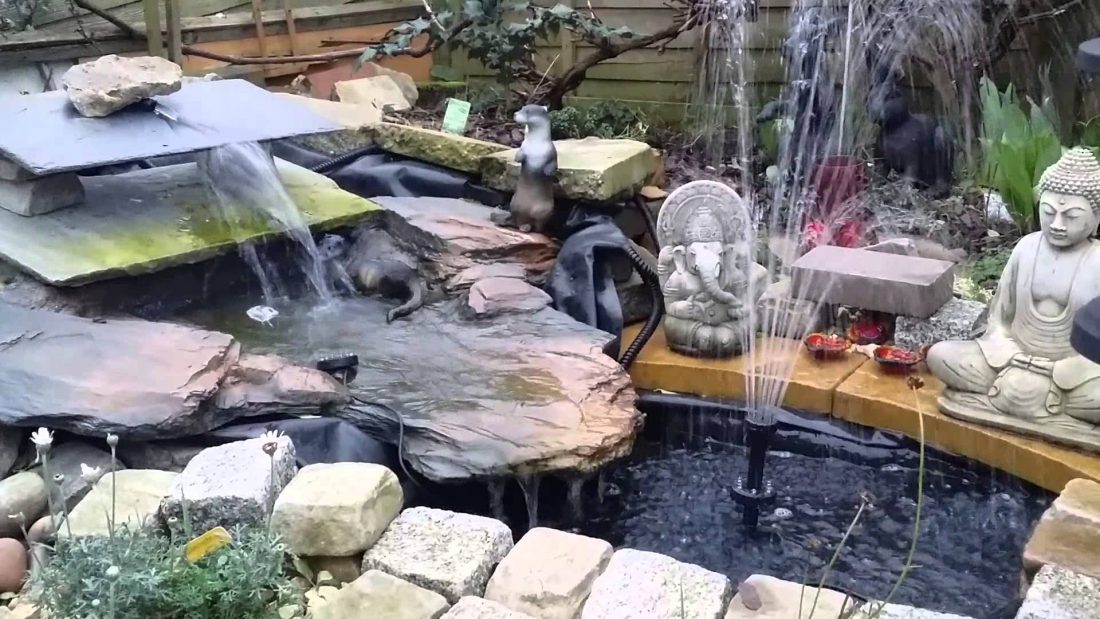Organize Your Outdoor Space with Garden Plastic Storage Sheds: Durable and Convenient Storage Solutions Garden…

Elevate Your Gardening Game with Plastic Raised Garden Beds
Plastic raised garden beds offer a convenient and versatile solution for growing plants, vegetables, and herbs in outdoor spaces. Whether you have limited garden space, poor soil quality, or mobility issues, these beds provide a practical way to cultivate a flourishing garden while minimising maintenance.
Types of Plastic Raised Garden Beds
Plastic raised garden beds come in various shapes, sizes, and designs to suit different gardening preferences and space constraints. Some common types include:
- Modular Beds: These beds feature interlocking panels that allow for custom configurations and easy assembly.
- Raised Planter Boxes: Rectangular or square-shaped boxes with built-in legs or stands for elevated gardening.
- Stackable Beds: Beds with stackable layers that enable vertical gardening and maximise space utilization.
- Corner Beds: Triangular or L-shaped beds designed to fit snugly into corners or along garden edges.
Key Considerations Before Buying
- Size and Shape: Determine the dimensions and shape of the bed based on available space and the types of plants you intend to grow.
- Material Quality: Look for durable, UV-resistant plastic that can withstand outdoor conditions and is free from harmful chemicals.
- Drainage: Ensure the bed has adequate drainage holes or a perforated bottom to prevent waterlogging and root rot.
- Assembly: Choose beds that are easy to assemble without the need for specialized tools or complicated instructions.
- Accessibility: Consider the height of the bed, especially if you have mobility issues, and opt for elevated or wheelchair-accessible designs if needed.
Buying Guide and Usage Tips
When shopping for plastic raised garden beds, read product descriptions and customer reviews to assess quality and suitability for your gardening needs. Consider factors such as aesthetics, durability, and additional features like built-in trellises or covers.
Usage tips:
- Soil Preparation: Fill the bed with nutrient-rich soil or a custom potting mix tailored to the needs of your plants.
- Planting: Follow spacing guidelines and plant depth recommendations for optimal growth and yield.
- Watering: Monitor soil moisture regularly and water as needed, ensuring thorough but not excessive watering to avoid waterlogging.
- Maintenance: Remove weeds, monitor for pests and diseases, and replenish soil nutrients as necessary to keep your garden bed healthy.
Shopping Online: Reviews, Prices, Coupons, and Discounts
Online retailers like Amazon, B&Q, and Gardener’s Supply Company offer a wide selection of plastic raised garden beds, complete with customer reviews and ratings to guide your purchase. Prices vary depending on size, design, and brand, ranging from £30 for basic models to £200 or more for larger, feature-rich beds.
Keep an eye out for discounts and promotions, especially during gardening season or holiday sales events, to save money on your chosen garden bed.
Choosing the Right Plastic Raised Garden Bed
Consider your gardening goals, available space, and aesthetic preferences when selecting a plastic raised garden bed. Choose a size and design that suits your needs and complements your outdoor decor, and ensure the bed is sturdy, weather-resistant, and easy to maintain.
Caring for Your Plastic Raised Garden Bed
To keep your plastic raised garden bed in top condition:
- Clean Regularly: Remove debris and dirt buildup from the bed’s surface using a mild detergent and water solution.
- Inspect for Damage: Check for cracks, warping, or other signs of wear and tear, and repair or replace damaged components as needed.
- Seasonal Maintenance: Empty the bed and clean it thoroughly at the end of each growing season, and store it indoors or cover it to protect it from winter weather.
Frequently Asked Questions
1. Can I grow any type of plant in a plastic raised garden bed?
Yes, plastic raised garden beds are suitable for growing a wide range of plants, including vegetables, herbs, flowers, and small fruits. However, consider the specific needs of each plant, such as sunlight, water, and soil requirements, when planning your garden.
2. How long do plastic raised garden beds last?
With proper care and maintenance, plastic raised garden beds can last for many years. High-quality, UV-resistant plastic beds are less prone to fading, cracking, or warping over time, ensuring long-term durability and performance.
3. Can I move a plastic raised garden bed once it’s assembled?
Yes, most plastic raised garden beds are lightweight and portable, making them easy to move or reposition as needed. However, empty the bed of soil and plants before attempting to move it to avoid strain or damage.
4. Do plastic raised garden beds require drainage holes?
Yes, proper drainage is essential for the health of plants grown in plastic raised garden beds. Ensure the bed has adequate drainage holes or a perforated bottom to prevent waterlogging and promote healthy root growth.
5. Can I stack multiple plastic raised garden beds on top of each other?
Some plastic raised garden beds are designed to be stackable, allowing for vertical gardening and efficient space utilization. However, ensure the beds are securely stacked and stable to prevent tipping or collapsing.
Conclusion
Plastic raised garden beds offer a convenient, durable, and space-efficient solution for cultivating a thriving garden in any outdoor setting. By selecting the right size, design, and features to suit your gardening needs, and following proper care and maintenance practices, you can enjoy bountiful harvests and beautiful blooms season after season.

























